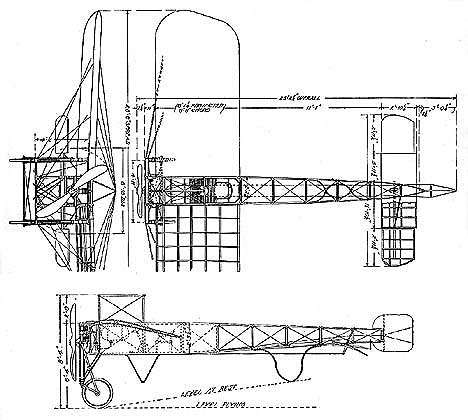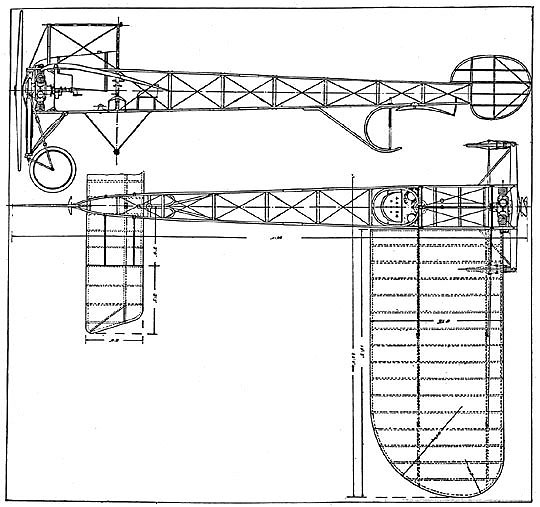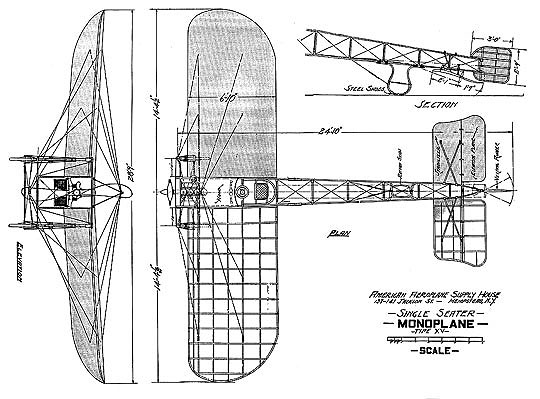
The Bleriot XI Monoplane, often powered by a rotary engine, was the most commonly used monoplane in the U.S. prior to The Great War (WWI). Very few Bleriot company-built monoplanes were imported into the U.S., but many were built by U.S. companies and individuals. The Bleriot XI was also available as a kit from a number of U.S. companies, which also sold finished pieces, such as ribs, to individual builders.

In the U.S., the Queen Monoplane version of the Bleriot XI and the American Aeroplane Supply House (A.A.S.H. Type XV) Bleriot XI were the most prominent of the U.S. built Bleriot XI-types. Whether French-built original or U.S. versions, however, Bleriot XI’s were not forgiving aeroplanes and consequently many were involved in accidents.

Among the U.S. exhibition aviators who flew the Bleriot XI in exhibitions were John Moisant, Matilde Moisant, Harriet Quimby, Earle Ovington, Arthur Stone, Grover Bergdoll and Frank Champion. The French exhibition aviators who flew the Bleriot XI in the U.S. included Didier Masson, Rene Barrier, Rene Simon and Roland Garros. Swiss aviator John Domenjoz’ 1914 Bleriot XI, which he looped over the Statue of Liberty, can be seen at the National Air & Space Museum, Early Flight Gallery. The lasting legacy of the Bleriot XI was its configuration which set the pattern of monoplanes for decades. By 1915 the Bleriot XI’s hey-day had passed.